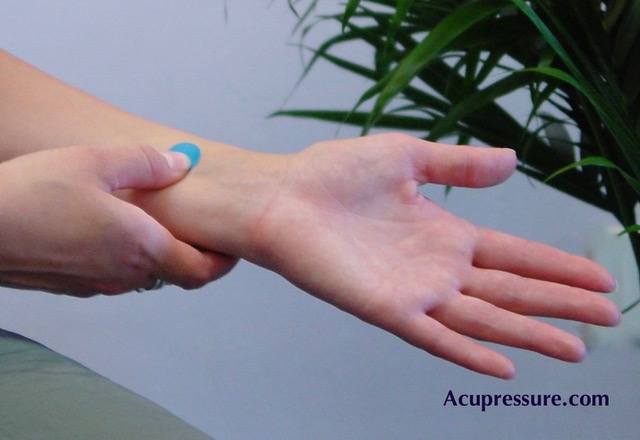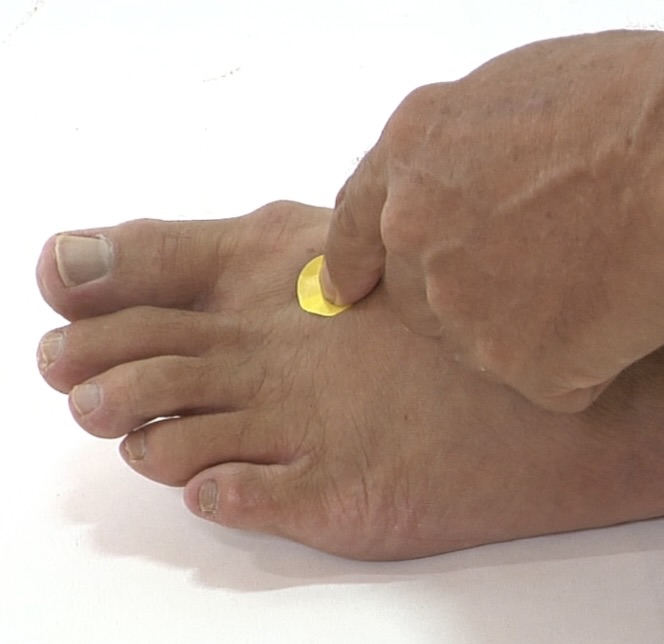Acupressure Practice Guidelines
Precautions & Contraindications
How to Practice Acupressure
Acupressure is safe, effective, and easy to learn and use. Here are some basic guidelines on how to practice it correctly. They answer basic questions about how to apply pressure properly and skillfully to the Acupressure points. You’ll also find precautions and contraindications for situations involving medical conditions.
Follow these common-sense instructions when you are using the points and you’ll have more confidence in practicing Acupressure, both for yourself and for others.
Acupressure Guidelines
- Apply finger pressure gradually. Hold the points in a slow, steady manner to enable the layers of tissue and the internal organs to respond. Never press any area in an abrupt, forceful, or jarring way. Go into the point gradually, hold it with a light, steady pressure for 1 to 3 minutes, then gradually release the pressure on the point. If the point is sore, use a lighter touch. If it’s a muscular area or you like deeper pressure, you can use a stronger pressure.
- Hold points for only a few minutes. Do not press longer than 3 minutes on any one point. Always apply and release the pressure gradually.
- Breathe slowly and deeply while you hold Acupressure points. Imagine you are breathing healing energy into the point.
- If you feel dizzy, immediately press GV 26, located between the nose and upper lip, or press the Sea of Tranquility point (CV 17), located at the center of your breastbone, and breathe slowly. This will stabilize your body.
- Lymph areas are very sensitive, such as the groin, the area of the throat just below the ears, and the outer breast near the armpits. These areas should be touched only lightly and not pressed.
- During pregnancy, take special care. Hold points gently. Do not use any abdominal points or LI 4, the Hoku point, located in the webbing between your thumb and index finger.
- After an Acupressure session, body heat is lowered, so your resistance to cold is also lower. Because tensions have been released, your body’s vital energies are concentrating inward to maximize healing, and your body will be more vulnerable. Be sure to wear extra clothing and cover the body with a blanket to keep warm when you sit or lie down for deep relaxation to finish an Acupressure routine.

Acupressure Precautions
- For medical conditions, hold the Acupressure points more gently, and for only 1 minute or so. Be sure to get needed medical care. Acupressure can enhance your health and relieve common ailments, but it’s not a substitute for getting medical attention and treatment. You can still use Acupressure as a complement to any treatment to strengthen your health, and you can practice deep breathing to reduce stress.
- For burns & infections, do not work directly on a serious burn, an ulcerous condition, or an infection. For these conditions, medical care is indicated. You can, however, use Acupressure on other areas and to reduce pain and stress.
- For cuts, injuries & scars, do not work directly on a wound or a recently formed scar. During the first month after an injury or operation, do not apply pressure directly on the affected site. Instead, use gentle continuous holding a few inches away from the periphery of the injury. This will stimulate the area and help it heal.
- Use abdominal points cautiously, especially if you are ill. Avoid the abdominal area during pregnancy. Also avoid the abdominal area entirely if you have a life-threatening disease, such as intestinal cancer, tuberculosis, serious cardiac conditions, or leukemia.
Acupressure Contraindications
Patients with life-threatening diseases and serious medical problems should consult their doctor before using Acupressure or other alternative therapies.
It is important for the novice practitioner to use caution with a client who has any serious medical condition, such as arteriosclerosis or an illness caused by bacteria. In addition, Acupressure is not an appropriate sole treatment for cancer, contagious skin diseases, sexually transmitted diseases, or other serious illnesses. Acupressure is not suited to a medical emergency situation, such as a stroke or heart attack — in an emergency, call 911 or whatever emergency number exists in your area to call for immediate medical care.
In conjunction with proper medical attention, however, gentle Acupressure can help soothe and relieve a patient’s distress and pain. Of course, it must be done safely away from the diseased area.
An Acupressure Diary
Acupressure’s effects can be subtle. While you may often experience immediate relief from stress and pain, sometimes it may take you a few weeks to notice a big change in your overall condition. In the meantime, you can record your week-by-week progress in an Acupressure Diary.
List any areas of aches, pain, tension, or numbness. Note your body’s responses to specific points and self-help techniques. Your account of which points you use, the techniques that help you most, and the time it took to achieve results can be a valuable record for learning about your body and becoming more aware of its needs.

